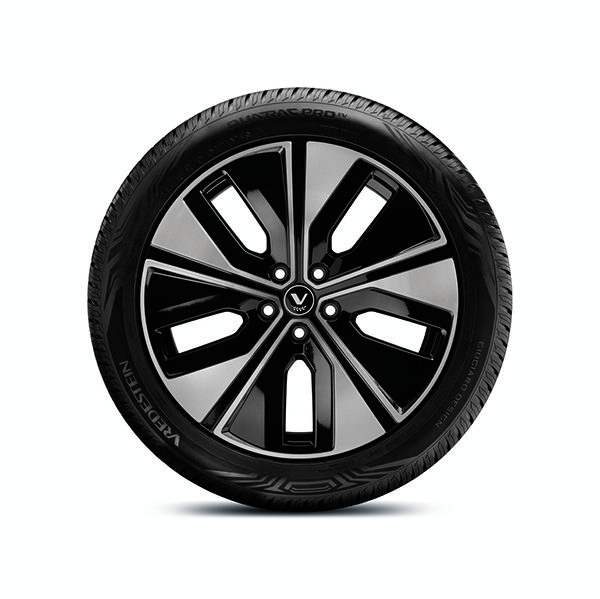
Apollo Tyres have launched the Vredestein Quatrac Pro EV, Europe’s first all-season tyre developed specifically for battery electric vehicles and hybrids.
Compared with the established award-winning range of Vredestein all-season tyres, the Vredestein Quatrac Pro EV delivers superior handling and stability, offers significantly lower levels of rolling resistance, and delivers a quieter and more comfortable ride. It also has a lighter construction and has a lower environmental impact during production.
The all-new premium product is available through tyre retailers and distributors from next month, initially seven sizes for 18- and 19-inch wheel rims, and with 12 additional sizes – including 17- and 20-inch options – on offer from next year.
Low rolling resistance
Considerable research and development effort has been invested to ensure the tyre contributes to the vehicle’s overall efficiency and to maximise the driving range that can be achieved. Rolling resistance is 15% lower than that of the best-performing non-EV Vredestein all-season tyre, thanks to a carefully optimised blend of fourth-generation polymers and ‘smart’ silica for the tread compound, rim cushion and carcass. Vehicle efficiency is also enhanced by the tyre’s weight-saving construction, which features thinner sidewalls, a lower sidewall apex and lighter materials for the belt and cap ply.
Handling and stability befitting a high-performance EV tyre
An extensive global R&D programme has confirmed the new tyre’s superior cornering stability and a 6% improvement in handling performance compared to its all-season siblings – ideal for managing the elevated torque and higher vehicle weight typical of modern EVs. The Quatrac Pro EV’s handling characteristics are enhanced by a new asymmetric tread design, stiffer tread blocks and robust construction.
Several structural features have been introduced specifically to manage the greater mass of EVs and the consequential increased loads they create during cornering and acceleration. For example, the outside shoulder of the new tyre is wider than the inner to resist lateral deformation, and the outer flanks of the main longitudinal grooves are much steeper to resist distortion as cornering forces rise.
Source: Tyretradenews


























